Spice Up Your Health: 7 Global Spice Traditions That Heal
If you've ever wondered why Indian curries make your heart sing, or why Mexican mole feels like a warm hug from the inside out, the answer is simple: spices. But beyond their flavor fireworks, spices are quietly working behind the scenes to boost your immune system, reduce inflammation, and even improve brain function. Welcome to the world of Global Spice Traditions, where ancient wisdom meets modern science in the quest for the world's healthiest cuisine.
In this article, we’ll explore seven spice-rich culinary traditions from around the globe that not only tantalize your taste buds but also support your well-being. We’ll dive into their origins, uncover the health benefits behind each key spice, and give you practical tips to incorporate them into your daily meals.
Table of Contents
- Why Spices Are More Than Just Flavor
- India: The Land of Turmeric & Healing Curries
- Mexico: Cinnamon & Chili for Cardiovascular Wellness
- China: Ginger & Garlic for Digestive Harmony
- Middle East: Sumac & Za’atar for Immune Support
- Thailand: Lemongrass & Galangal for Natural Detox
- Morocco: Saffron & Cumin for Brain Boosting
- Turkey: Allspice & Mint for Heart Health
- How to Start Incorporating These Spice Traditions at Home
- Conclusion: Spice Is the Secret Sauce to a Healthier You
Why Spices Are More Than Just Flavor
We tend to think of spices as just the finishing touch on a dish — something to add heat or depth. But in reality, many traditional spices have been used medicinally for thousands of years. Modern research has confirmed what ancient healers suspected: many common spices contain powerful antioxidants, anti-inflammatory agents, and even mood-enhancing properties.
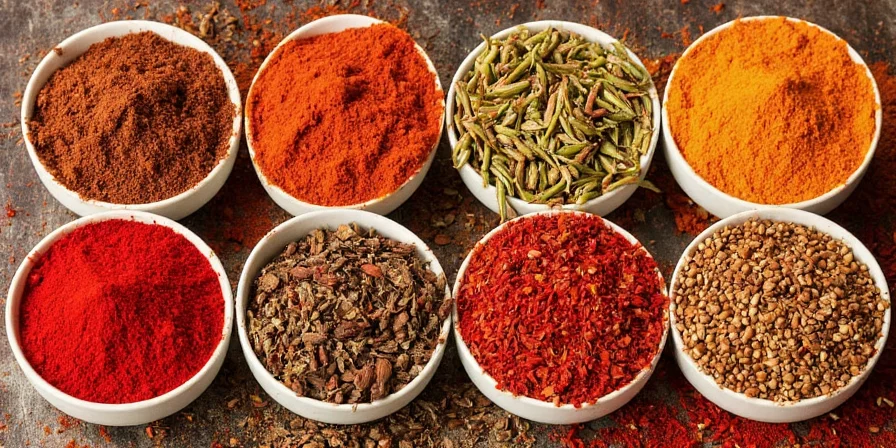
India: The Land of Turmeric & Healing Curries
Indian cuisine is a masterclass in combining spices not just for flavor, but for health. At the center of it all? Turmeric, the golden root with curcumin, one of the most studied compounds in natural medicine today.
- Health Benefit: Anti-inflammatory, antioxidant, supports brain and joint health.
- Pro Tip: Pair turmeric with black pepper (which contains piperine) to increase absorption by up to 2000%!
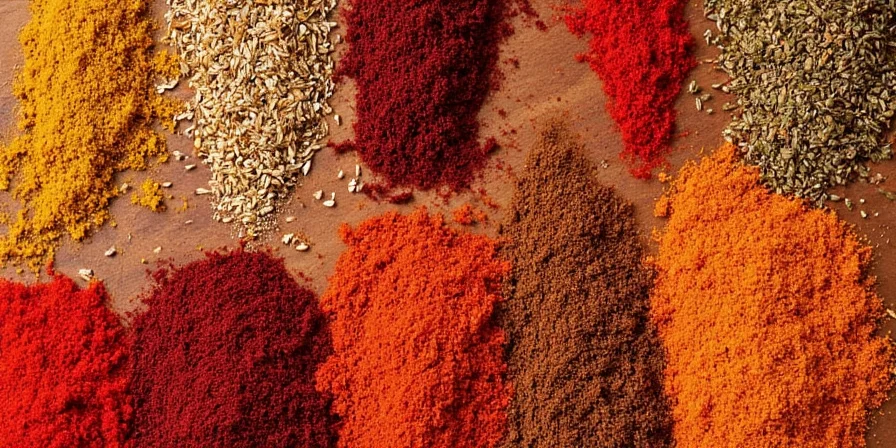
Mexico: Cinnamon & Chili for Cardiovascular Wellness
Mexican cooking blends sweet and spicy in ways that do more than satisfy cravings. Cinnamon helps regulate blood sugar, while chili peppers deliver a punch of capsaicin — a compound linked to improved heart health and weight management.
- Health Benefit: Capsaicin boosts metabolism and may lower cholesterol levels.
- Pro Tip: Add a pinch of cinnamon to your morning coffee or oatmeal for a warming metabolic kick.
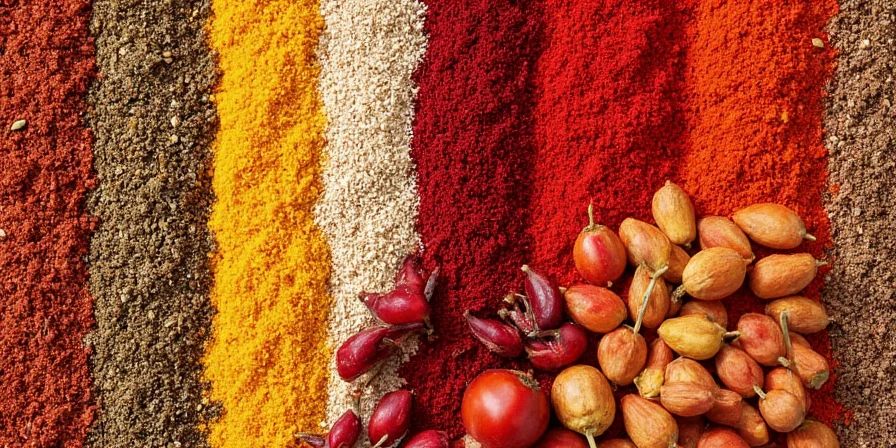
China: Ginger & Garlic for Digestive Harmony
Chinese herbalism and cuisine both emphasize balance, and two of its most-used ingredients — ginger and garlic — are powerhouses when it comes to digestion and immunity.
- Ginger: Reduces nausea, aids digestion, and calms inflammation.
- Garlic: Contains allicin, which can help fight infections and support cardiovascular health.
- Pro Tip: Try grating fresh ginger into your tea or stir-fry for a soothing and zesty lift.
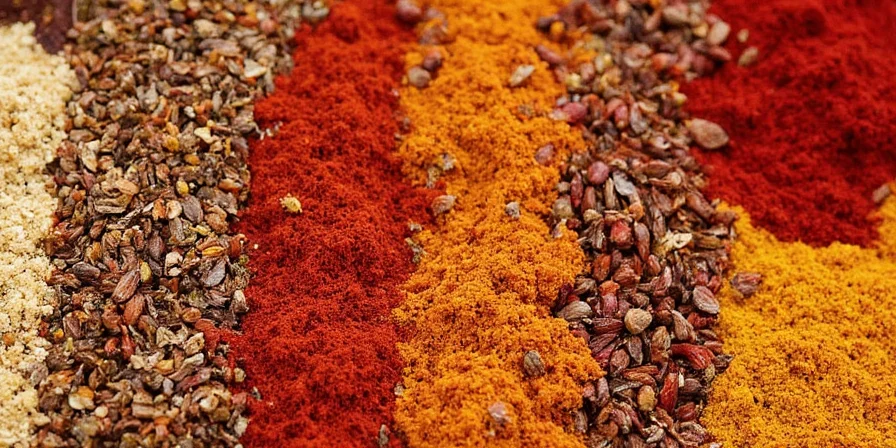
Middle East: Sumac & Za’atar for Immune Support
The Middle Eastern spice blend Za’atar — made with thyme, sumac, sesame seeds, and salt — isn’t just delicious on flatbreads; it’s packed with immune-supporting compounds.
- Sumac: Rich in vitamin C and antioxidants; adds a tangy lemon-like zest to dishes.
- Thyme: Contains thymol, an antiseptic and antimicrobial agent.
- Pro Tip: Sprinkle za’atar over roasted vegetables or hummus for a nutrient-packed snack.
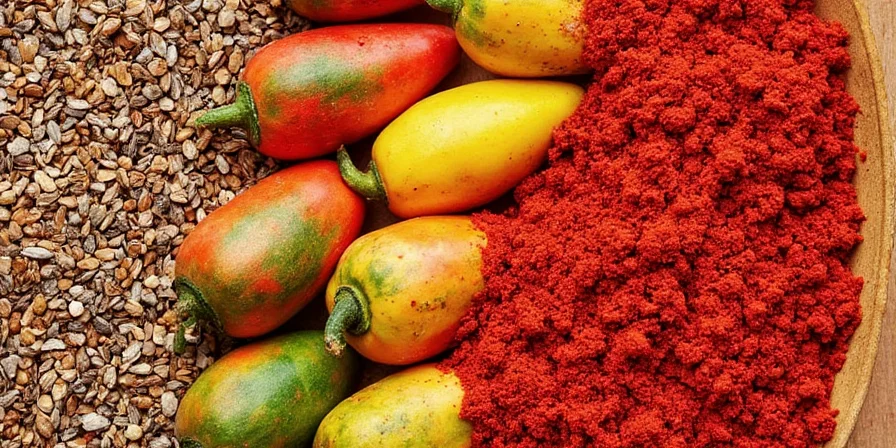
Thailand: Lemongrass & Galangal for Natural Detox
Thai food uses bold flavors to cleanse and refresh. Two standout spices — lemongrass and galangal — are commonly found in soups and broths, offering a detoxifying effect through gentle stimulation of digestion and circulation.
- Lemongrass: Has antibacterial and anti-inflammatory properties.
- Galangal: Often called Thai ginger, helps relieve nausea and digestive discomfort.
- Pro Tip: Make a homemade galangal tea with lemongrass and kaffir lime leaves for a calming, cleansing tonic.
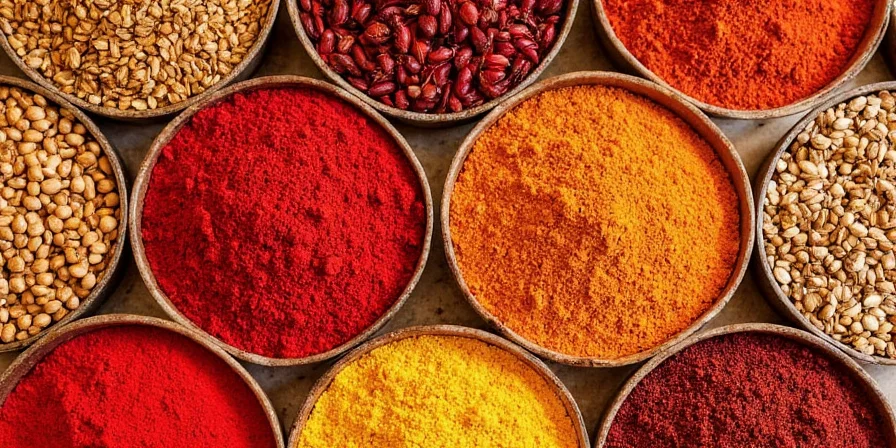
Morocco: Saffron & Cumin for Brain Boosting
Moroccan cuisine is a celebration of color and complexity. Its star spices — saffron and cumin — offer unique cognitive benefits and support mental clarity.
- Saffron: Known as “red gold,” saffron contains crocin, which may improve memory and mood.
- Cumin: Helps regulate blood sugar and improves iron absorption.
- Pro Tip: Use a tiny pinch of saffron in rice dishes or smoothies for a subtle floral note and a brain-friendly boost.
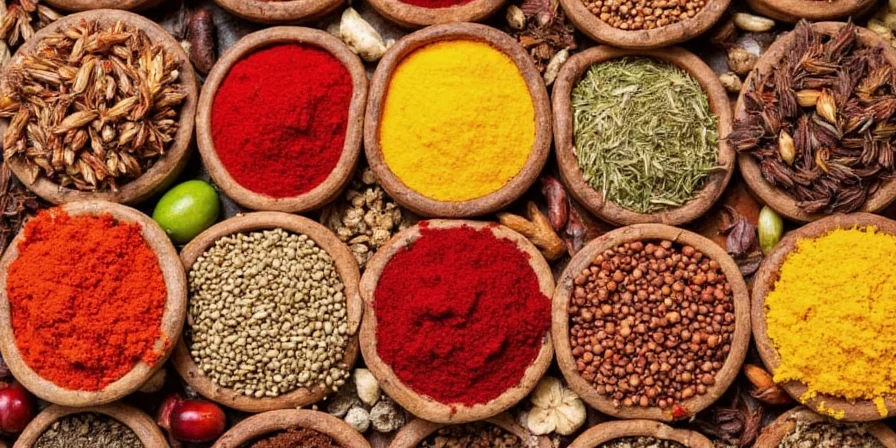
Turkey: Allspice & Mint for Heart Health
Turkish cuisine combines Mediterranean heart-health principles with the richness of spice. Allspice and mint are two of its underrated stars, helping to soothe digestion and support vascular function.
- Allspice: Contains eugenol, which acts as a natural anti-inflammatory and pain reliever.
- Mint: Soothes the stomach and may enhance cognitive performance.
- Pro Tip: Brew mint and allspice together in hot water for a refreshing herbal infusion after meals.
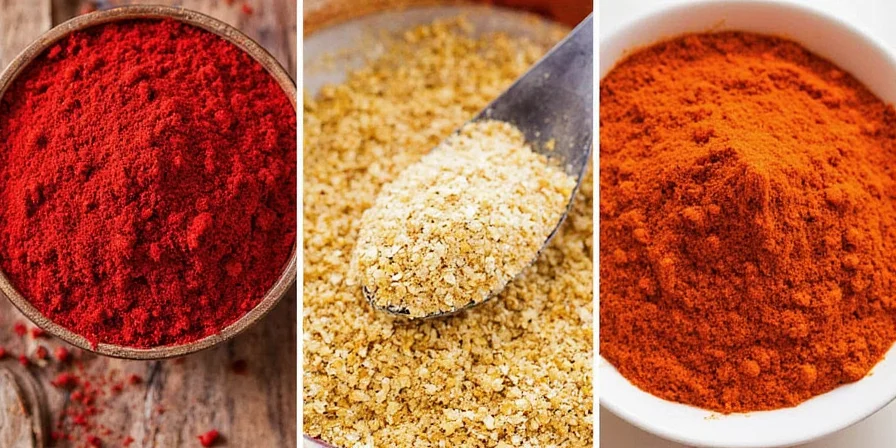
How to Start Incorporating These Spice Traditions at Home
Ready to spice up your life (and health)? Here’s a quick checklist to get you started:
- Buy whole spices: Whole spices retain freshness and potency longer than pre-ground ones.
- Toast to unlock flavor: Lightly dry-toasting spices before grinding enhances their aroma and bioavailability.
- Pair smartly: Some combinations boost absorption (like turmeric + black pepper or fat-based carriers like olive oil).
- Use regularly, not just occasionally: Like any supplement, consistency matters when using spices for health.
- Experiment fearlessly: Don’t be afraid to mix spices across traditions — fusion is fun and functional!
| Spice | Origin | Primary Health Benefit | Best Paired With |
|---|---|---|---|
| Turmeric | India | Anti-inflammatory, brain support | Black pepper, healthy fats |
| Capsaicin (chili) | Mexico | Metabolism boost, heart health | Cinnamon, citrus |
| Ginger | China | Digestive aid, nausea relief | Lime, honey |
| Sumac | Middle East | Antioxidant, immune support | Olive oil, lemon |
| Saffron | Morocco | Memory boost, mood enhancement | Rice, dairy alternatives |
Conclusion: Spice Is the Secret Sauce to a Healthier You
From India’s golden turmeric to Mexico’s fiery chili, global spice traditions aren’t just about making food taste better — they’re about living better. These time-honored ingredients offer a delicious way to protect your body, sharpen your mind, and even elevate your mood. The next time you reach for the salt shaker, try sprinkling some spice into your routine instead. After all, variety is the spice of life — and maybe the secret to longevity, too.
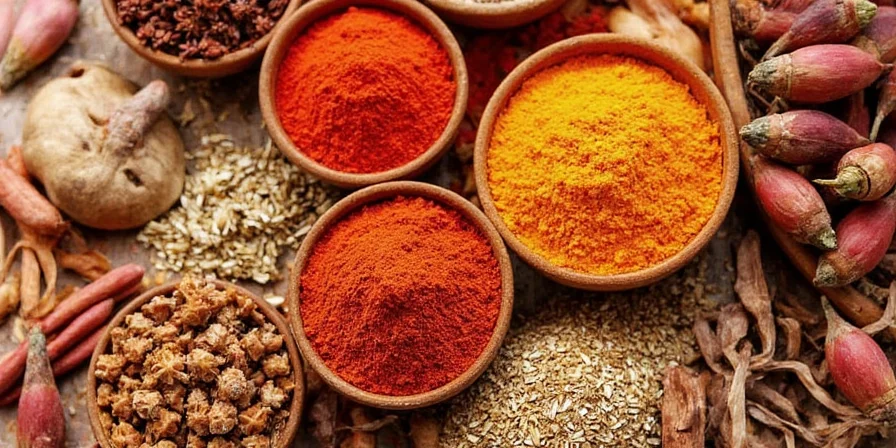

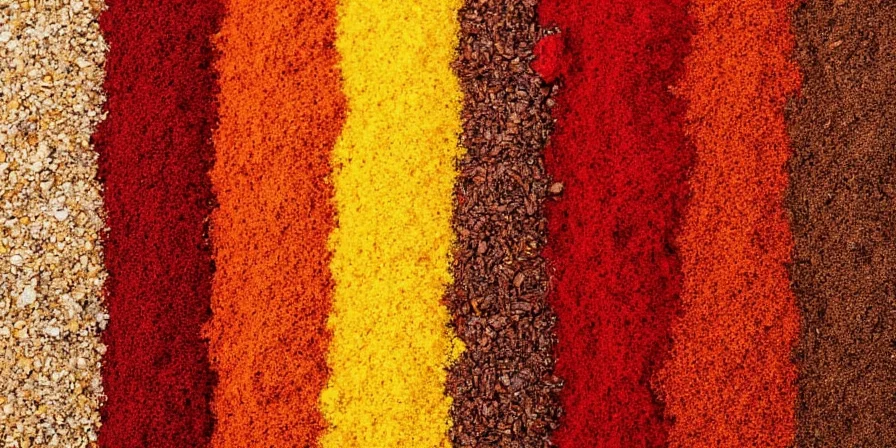









 浙公网安备
33010002000092号
浙公网安备
33010002000092号 浙B2-20120091-4
浙B2-20120091-4